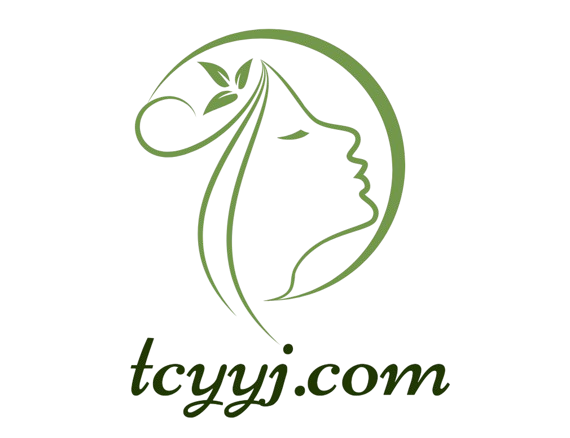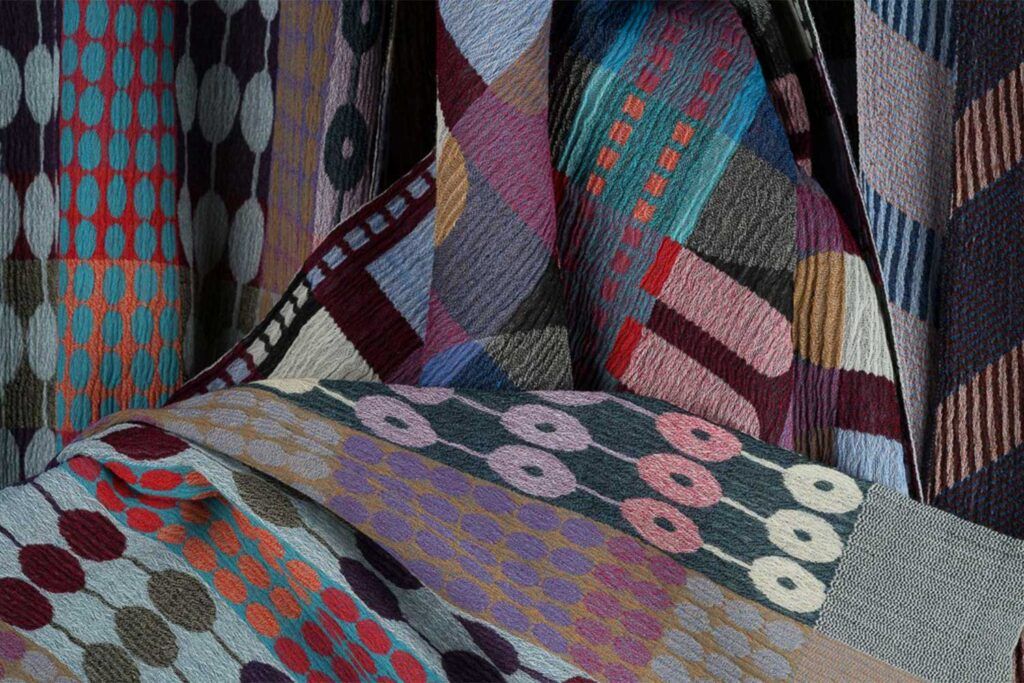
Looking fabulous in a translucent jacket, White Lotus Gallery owner Hue-Ping Lin greets the crowd of people gathered for the Oct. 14 opening reception for NUNO: The Language of Textiles. “I’m so excited,” she says. Then, speaking of Reiko Sudo, the cofounder and director of NUNO textiles, she adds, “I’m amazed that she allowed me to have her show in my little gallery.”
That might be because NUNO’s fabric art is housed in permanent collections of museums around the world. In the U.S. it can be found at such institutions as Cooper Hewitt, Smithsonian Design Museum, New York; The Los Angeles County Museum of Art; and The Museum at FIT (Fashion Institute of Technology), New York. Sudo’s wearable art is available for purchase in museum gift shops and in stores in Japan — and now at White Lotus Gallery on Willamette Street.
NUNO’s textiles carry both traditional and contemporary elements. They are manufactured at family-owned factories in Japan using machines and techniques employed for generations. Yet their designs are the products of extraordinary experimentation and innovation, using materials not usually associated with fabric.
A colorful palette of shiny purses makes an eye-catching display in one corner of White Lotus. They are also strong, Chad Patton says, because the fabric they are made of incorporates metal scraps. The textile is patented, he says, as are other NUNO fabrics. Patton is a distributor for the company who came all the way from California to be a guest speaker at the reception.
Exhibited in museums, Sudo’s textiles are employed as an art medium to create large installations or sculptural works. At White Lotus, the different textiles are scaled down to human size, translated into designs that can be worn. Another patented fabric is an origami textile in the window display facing the street. It’s made of a polyester material because when you heat polyester to a certain temperature, Patton says, a pleat becomes permanent, which makes it easier to create an origami pattern. The textile on display in the window functions as a work of art, but it can also be worn as a scarf.
Patton works from San Diego, though he met Sudo when he was in Japan with an advertising job, which he had for 20 years. They were friends first; then, when he needed to return to the U.S. to be with family, Sudo suggested that he could use his skills as an ad man to represent her company abroad. He focuses on her clothing and accessory line: scarves, shawls, wall hangings or curtains, skirts, dresses, jackets; all of which are displayed in this exhibit.
Marilyn Robert, another guest speaker, is from Eugene. She wears a NUNO scarf, a black and white animal print that’s reversible. It is not on display or for sale at the gallery. She’s had it for a while.
Robert met Sudo in 1995 — as did Lin — when Sudo was in Eugene for an exhibit at the Jordan Schnitzer Museum of Art. Robert was a graduate student at University of Oregon then, pursuing an MFA in textile design, and was fortunate, she says, to have been chosen to help with the show. Afterward she traveled to Japan on a grant where she studied textiles for four months and became friends with Sudo.
“She’s an engineer,” Robert says about Sudo’s experimentation with materials.
Sudo speaks of her work the way artists do — poetically. “When we listen to the language of textiles,” she says, “the message is beautiful.”
Apart from some extraordinary wall hangings, which could be used as screens or curtains, most of the textiles in the exhibit are designed as wearable art, garments that feature the textiles. So if you’re going to White Lotus through Nov. 25, you might be surprised to see the gallery transformed into a high-end art-to-wear boutique.
Lin’s longtime friend Carol Storms is at the reception, too, wearing a NUNO wool shawl composed of multiple neutral colors with a red broken line running through that provides a bit of contrast. The shawl looks like fall, with the red line blowing through like a leaf. Storms says she was going to get one of the other more brilliantly colored shawls, one with bold blue circles. But the one she wears is more practical. In other words, she will wear it more.
That’s the fun of buying wearable art, you not only live with it on a certain spot on your wall — you put it on and see yourself in it.

